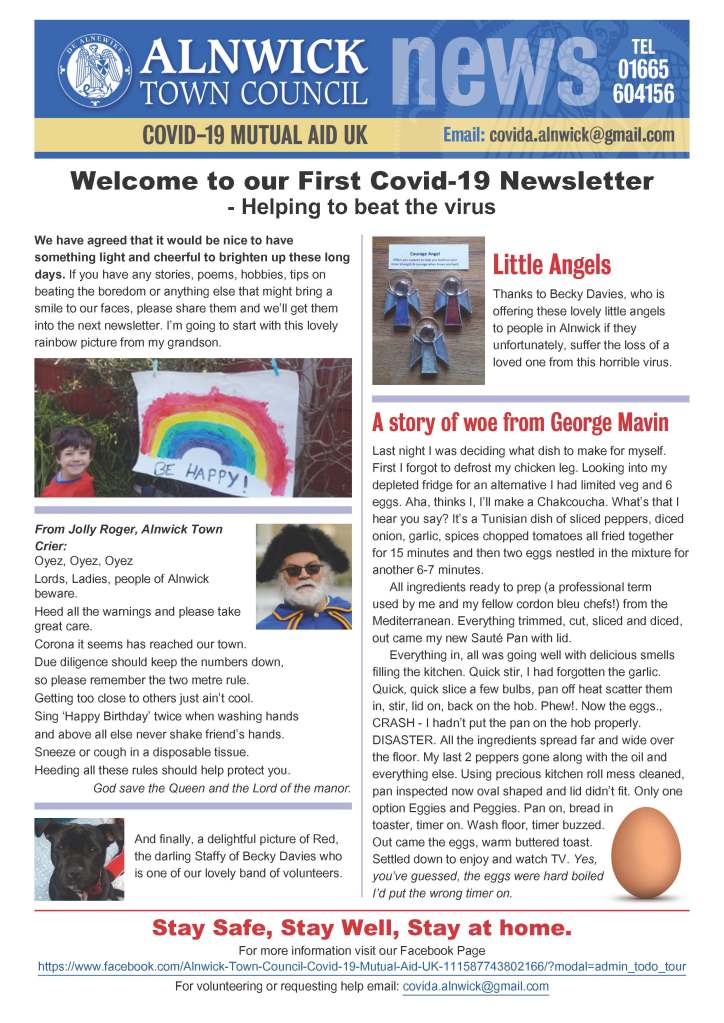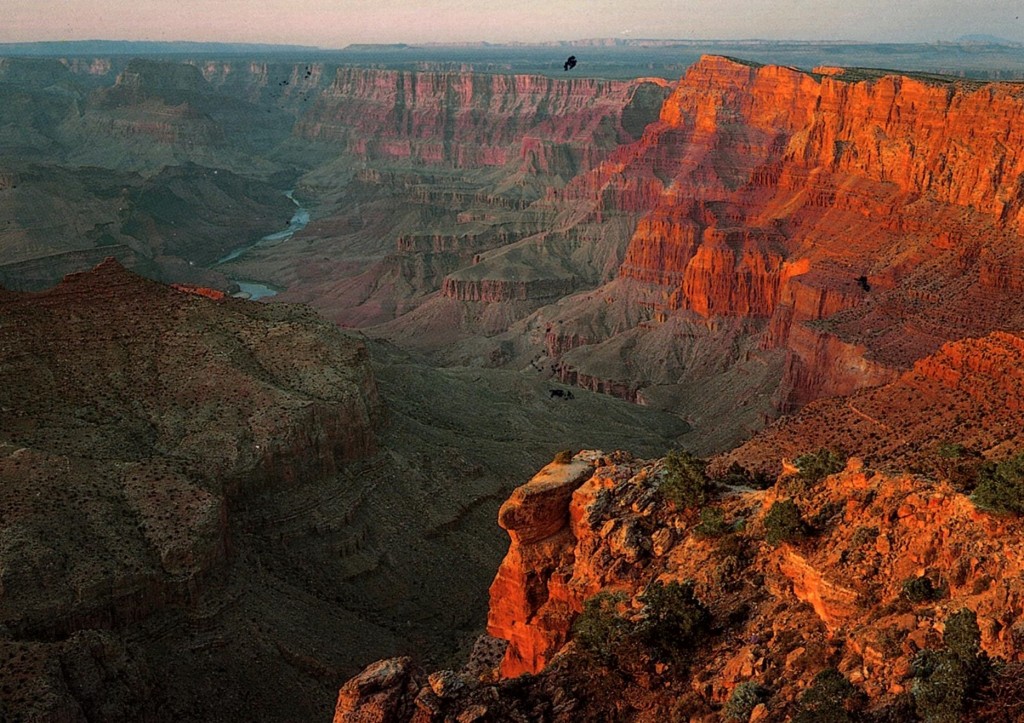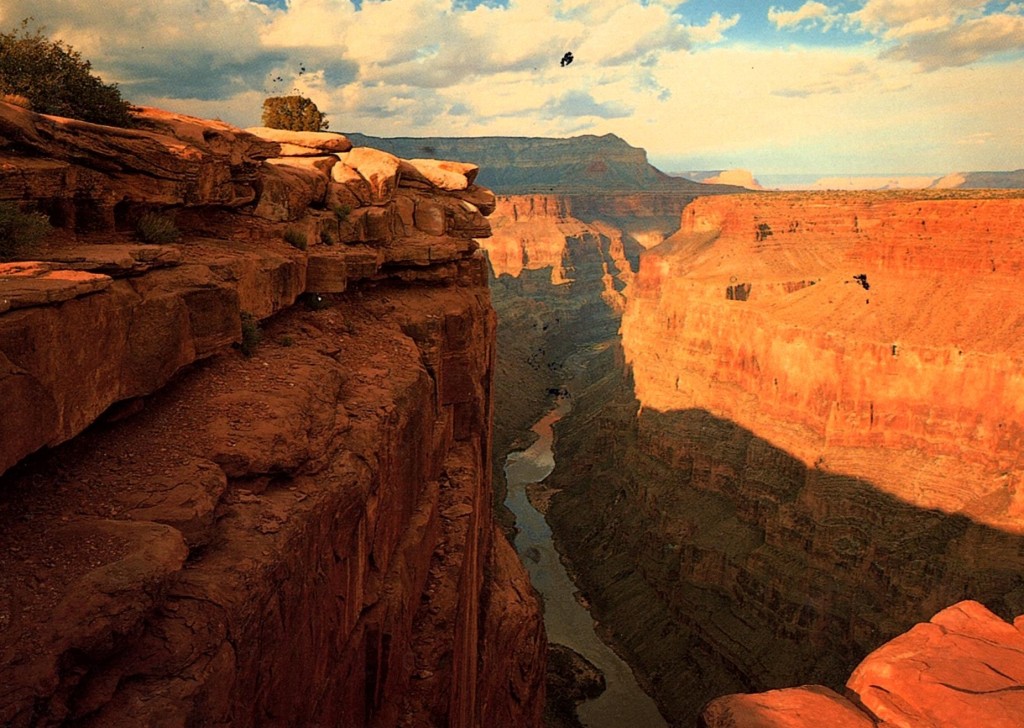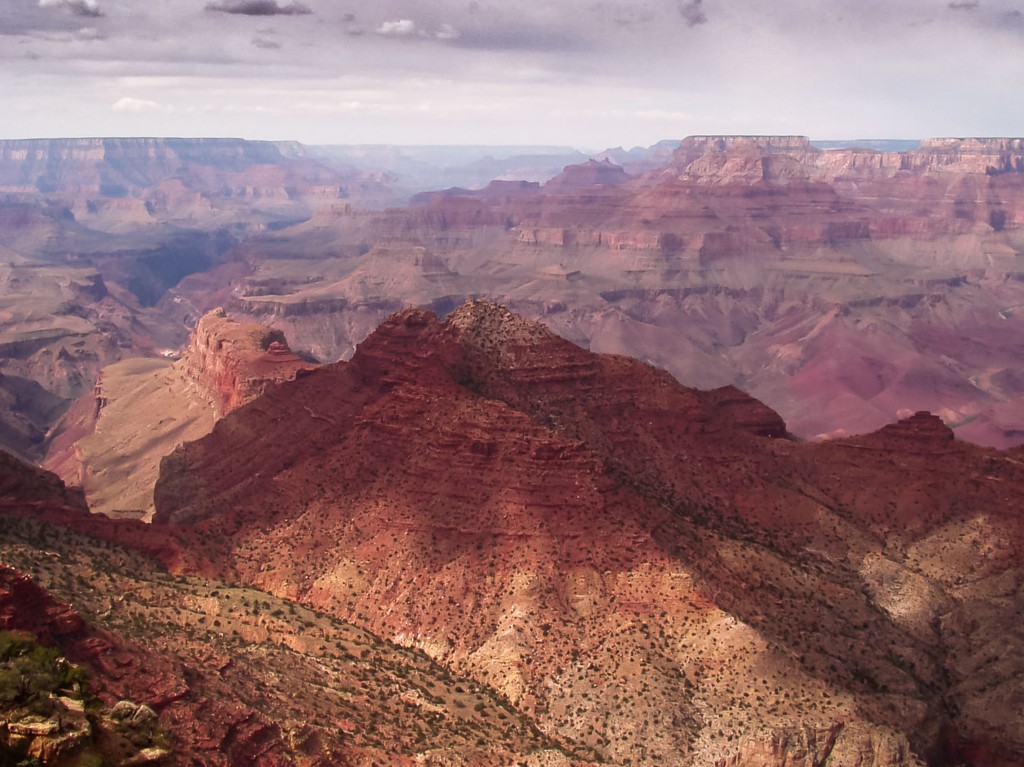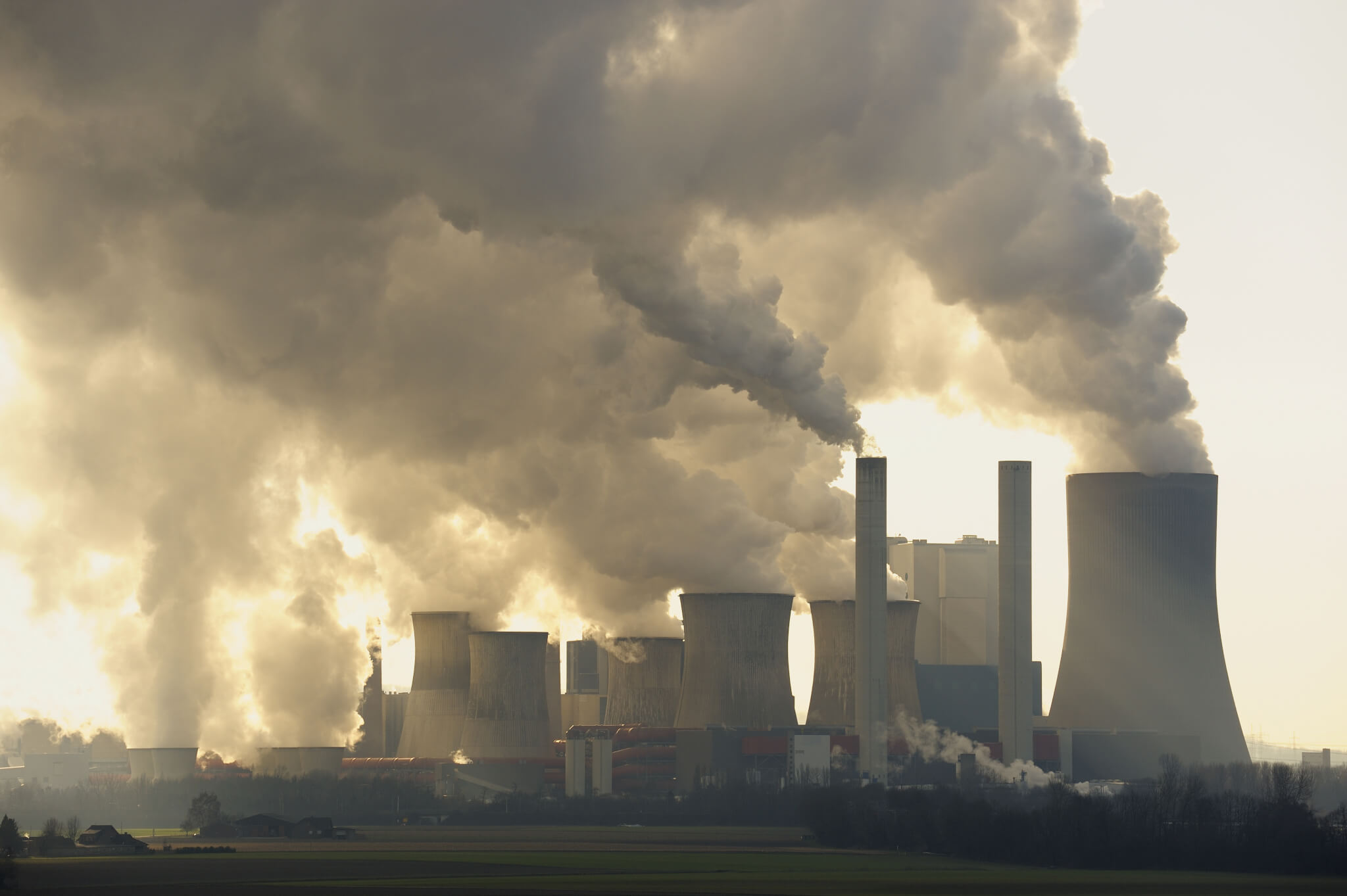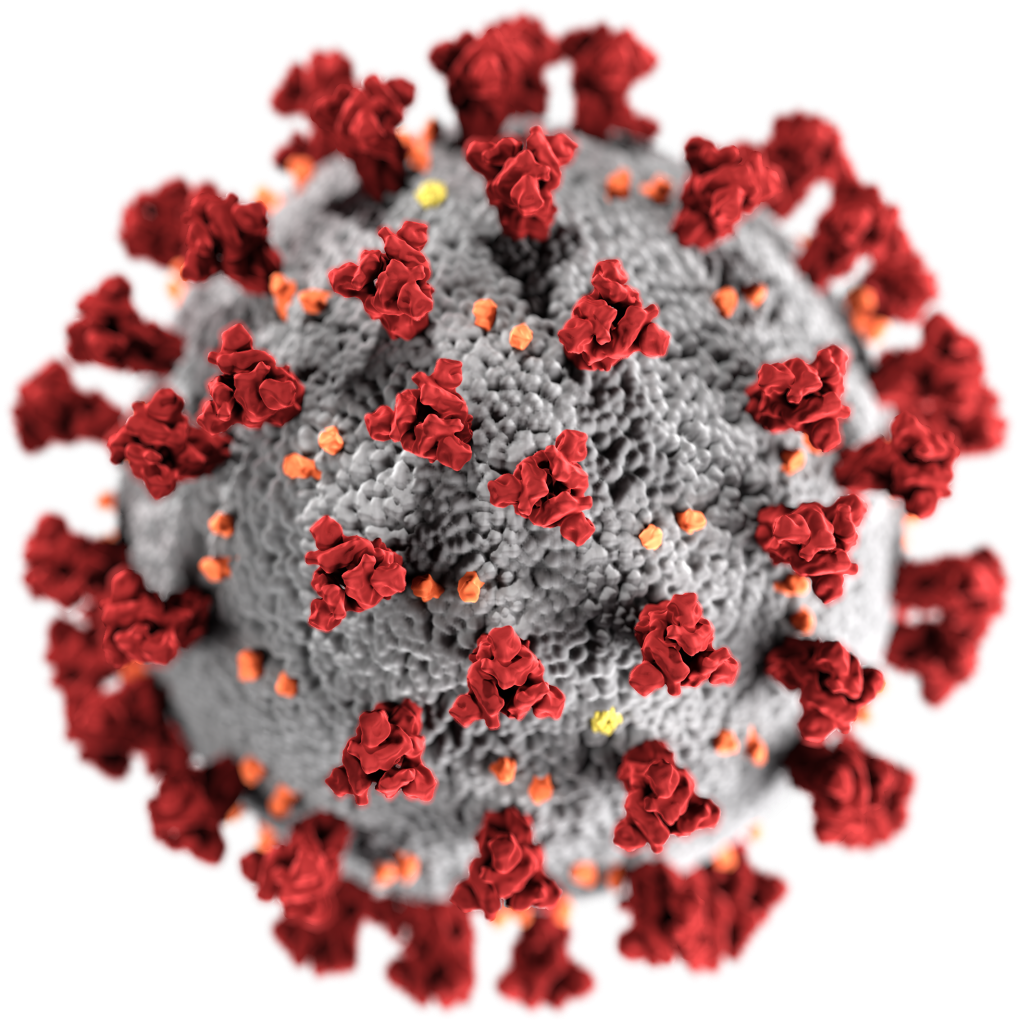
This illustration, created at the Centers for Disease Control and Prevention (CDC), reveals ultrastructural morphology exhibited by coronaviruses. Note the spikes that adorn the outer surface of the virus, which impart the look of a corona surrounding the virion, when viewed electron microscopically. A novel coronavirus, named Severe Acute Respiratory Syndrome coronavirus 2 (SARS-CoV-2), was identified as the cause of an outbreak of respiratory illness first detected in Wuhan, China in 2019. The illness caused by this virus has been named coronavirus disease 2019 (COVID-19).By CDC/ Alissa Eckert, MS; Dan Higgins, MAM – This media comes from the Centers for Disease Control and Prevention’s Public Health Image Library (PHIL), with identification number #23312.Note: Not all PHIL images are public domain; be sure to check copyright status and credit authors and content providers., Public Domain, https://commons.wikimedia.org/w/index.php?curid=86444014
It’s hard to believe such a beautiful structure can cause so much harm.
Preparing for Lock Down
On the afternoon of the 16th March, I chaired an Emergency Contingency meeting of the Alnwick Town Council where we discussed the arrangement we would need to put in place to undertake statutory duties in advance of what might come. We also discussed the idea of setting up a Volunteer support Group to help the residents of the town. I undertook to investigate what that might look like. This was to be the last face to face meeting for many weeks.
When I returned home my husband received a text message to say that he was in the “Vulnerable” category and that he needed to stay at home and not go out for 12 weeks because he is over 70 and has underlying conditions. I do not fall into that category so for the first week I was out and about organising and setting things up.
The Alnwick Food Bank volunteer management group were also in the same category and announced that they would not be able to continue with food bank parcels. This was not good news and the town council stepped in with volunteer councillors to keep the service open. At the time there were about 30 people a week who needed the support.
Week 1 (16th March)
In this first week we recruited over 100 volunteers. I completed a risk assessment, policies, volunteer contract and worked with the Town Clerk to put these policies in place. I set up a Facebook page and group and a dedicated email.
Well here we are one week into the Lock Down. When it was threatened I thought oh well, I’ll get ahead of my studies, sort out the sewing and knitting I’ve been going to do and develop my art skills.
Well none of that has happened. Although, I have managed to do one exercise in my coursework.
Instead I have been setting up, with my council colleagues a support scheme. In less than a week we have mapped the whole of the town, recruited 136 volunteers, developed numerous protocols, risk assessments and advice and support guidance, organised a system for picking up prescriptions, kept the Food Bank open when the volunteers running it had to go into isolation, joined one of the supermarket surplus food distribution schemes and helped in excess of 200 people requesting help.
I don’t think this is too bad for a week.
The unfortunate thing for me is that even when there is a lull between phone calls, organising volunteers or writing text my mind wanders and my photographic work is suffering. Concentration on anything else is hard work.
It will be interesting to see how things pan out in the next few weeks whilst we are all in lock down.
We have news of the first death in the area. A farmer from a neighbouring village, not that old in his 60s but with underlying conditions. We are now expecting the worst.

Week 2 (23rd March)
Still busy with the support group. We have recruited more volunteers, mapped the whole town, appointed coordinators to 10 areas with a responsibility for around 10 volunteers.
Facebook page and group set up to disseminate information. Dedicated email address set up for enquiries for help and support.
Volunteers delivered a flyer to every house in the town. Both pharmacies in the town were contacted and arrangements made with them for priority pick up by our volunteers. All issued with ID badges.
Appointed a dedicated Prescription team of volunteers who will rotate to deliver meds to residents.
Local charity NEED offered to deliver food parcels to residents using their vehicles. Requests for food parcels rising significantly.
Contact made with local police sergeant who advised us not to offer shopping because of the difficulty with payment. We can do click and collect.
First virtual meeting using Zoom which proved a challenge for some. Agreed that Chief Operating Officer will work under the “Powers of Emergency” in partnership with myself as Mayor and in consultation and advice of full council via Zoom meetings.
Other things that we did in those first few days included:
- Recruited an emergency Grave Digger in case of illness of the current staff.
- Prompt lists for telephone calls for volunteer use produced.
- Began picking up surplus food from M&S. Temporary freezer delivered to my garage.
- Agreed with the police that our volunteers would be supported and copy of ID badge sent so they were aware that persons carrying it were volunteers.
Week 3 (30th March)
First enquiry about pre-paid electricity meters when the person calling did not have any money. CAB contacted and advice given. Electricity cannot be turned off and there are several ways to work with suppliers to ensure that the electricity supply is maintained.
I contacted the major employers in the town to see if there was any support they needed. Most have staff on have about 30% on the furlough scheme but about another third working from home and the rest needing to be in work.
We held our second Zoom meeting of the council. These meetings are not full council meetings and can take place in private. They aim to keep all councillors and officers updated on the situation and to form part of a consultation between the Chief Officer and Councillors when exercising Emergency Powers.
Everyone updated the activity taking place in their are via our volunteers and we agreed that we would produce a newsletter.
Week 4 (6th April)
During the month we have been confined to our homes many activities have had to be cancelled. I should have attended the opening of the Aln Valley Steam Railway extension, a very exciting addition to the town which will eventually attract more visitors which our economy rely on. I was due to visit several supported housing providers as we begin a feasibility study to assess the need in Alnwick following the demise of a previous scheme and a perceived increase of young people requiring this type of accommodation.
The Baillifgate Museum has closed and the major exhibition of the year, a touring exhibition from the Jorvik Museum in York, which involved much hard work and investment is cancelled. There is also a Storytelling project of which I am a volunteer has also been suspended and the stories of people from the area are not being captured.
I chair the Alnwick International Music Festival which usually takes place in August and with the uncertainty of the length of this lockdown and the time it will take to book acts we reluctantly agreed to cancel this year’s festival. This was a major decision because the 2019 festival took place on the wettest weekend of the year and subsequently lost money. This festival is now in jeopardy after a run of over 40 years and attracting many visitors to the town.
The town is unique in the number of small independent traders it has and many are worried about the future. Our local butcher who has been in the town for generations opened a new “farm shop without a farm”, selling locally produced and sourced products and although it can remain open, anticipated footfall is greatly reduced. Many of the traders have begun on-line trading and the butchers has started a click and collect service. Let’s hope they survive.
As I have said the town is dependent on tourism and the annual tourism fair was also cancelled.
I have also hosted virtual dinner parties with my neighbours and we have all been out on the street “Clapping for Carers” or in my case either banging a pan or a Bodhran drum.
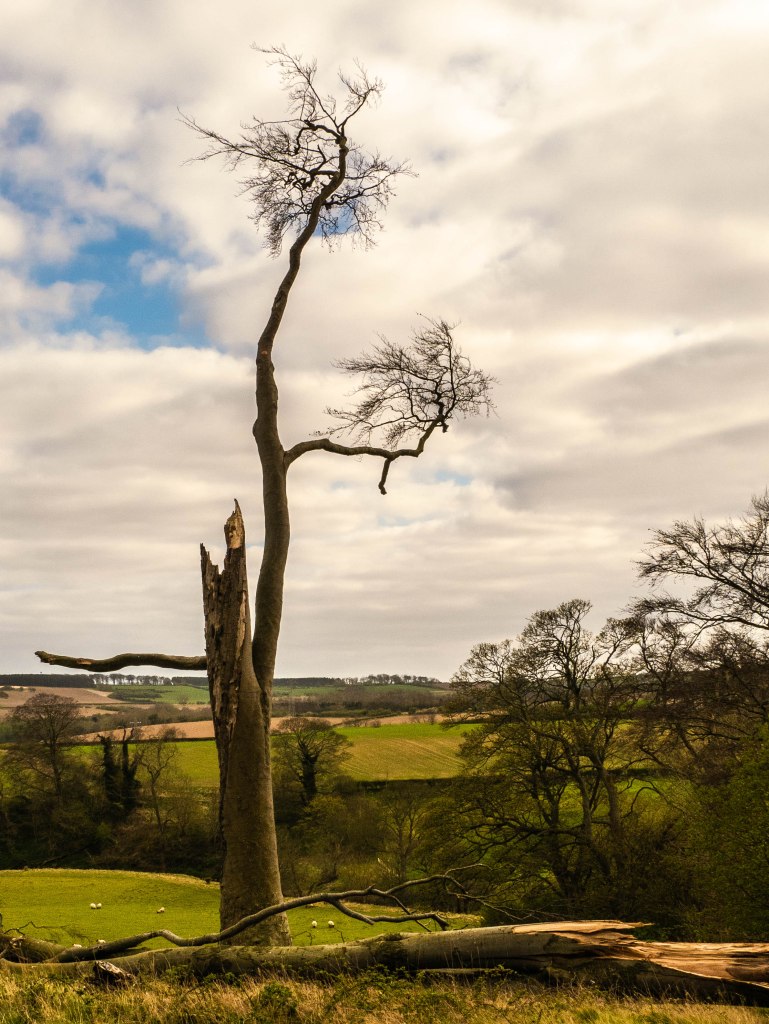
Week 5 (13th April)
This week saw the first virtual meeting of the Book Group I organise. We discussed “The Secret Life of Bees” by Sue Monk Kidd. A very pleasing read that some of our members revisit every few years. We scored it 9/10. These kinds of activities are what keeps me going during the pandemic. It’s so nice to engage with people we haven’t seen in the flesh and the meeting developed into a general gossip and catch up. Very pleasant indeed.
I responded to a request from Her Grace, The Duchess of Northumberland who wished to write to everyone of our volunteers to acknowledge the incredible support they are providing.
Week 6 (20th April)
I was meant to be attending a Photography Workshop in York this weekend but needless to say it was cancelled so I satisfied myself with an Intentional Camera Movement webinar. Although good it wasn’t the same.
Other things out of the ordinary routine of volunteer coordination, zoom meetings and coursework was attempting to settle an argument about who would pay for the replacement of a gate on one of the allotments, the County Council got involved although the land is owned by Northumberland Estates and it was settled by the Estates agreeing that an application to the new community fund set up by them would be seen positively. I’m not going to enter into the politics of this here but suffice to say that it was a sneaky way out.

Week 7 27th April)
Not much new to report this week. I have been following the Slimming World weight loss programme for the last 9 months and managed to lose over 2 stone. Unfortunately, during the lockdown period I have been unable to shift anymore weight and feeling a bit depressed about this. We have a Monday morning Zoom support group and they are all very supportive. The positive is that I have’t put on any weight but I’m sure the gin bottles are getting smaller!
My daughter video calls me almost every day with an update on her life in lock-down, working from home in a two bedroom house and looking after a toddler. Both she and her husband are taking it in turns to work one works from 6 am – 12 md and the other from 12 md until 6pm or until they are finished. Both managing to fulfil their contracted hours and keeping a toddler entertained.
Week 8 (4th May)
The town had big plans for the Bank Holiday weekend this weekend coming. We were to have a reconstruction Soup Kitchen, a home guard battery, a spitfire, music, singing and much more going on across the town. A few people hung out bunting, including myself and I organised a VE Day Quiz with friends which went down well but it was all rather flat.
The biggest disappointment was not being able to be with family for the holiday.
We are now having Sunday lunch with our family. No we are not breaching guidelines it’s all done via Skype. The children are rather nonplussed and find it all a bit strange. My 5 year old grandson who is in Reception calls the current situation “Shutdown” and is giving his parents a tough time with his home schooling. All fine when doing interesting things like making movies for an ocean project or making mobiles for the same project but when it comes to reading he doesn’t quite get it. Maths, science and problem solving are all great but he asks why does he have to learn to read when he can talk.

Week 9 (11th May)
Things have become much busier this week. As there is talk of things beginning to get back to normal towards the end of the month we had notification that the unit where our Music Festival equipment is stored is to be demolished to make way for a new hotel.
There is an awful lot of equipment in there much of it from a time when visiting international performers were accommodated in the High School, so camp beds, bedding, mattresses etc. Most of this is no longer needed so we had to visit the lock up to see what needed to be disposed of.
The equipment had been part of the County Council Emergency Contingency Equipment and we needed to consult with them about what they would want and how the rest would be got rid of. The Officer who attended was extremely helpful and offered to dispose of anything either of us didn’t want.
We then had to search for new premises and arrange for the stuff to be transported. Not easy when you are in lock down.
As well as continuing to lead the support group working with volunteers to identify and support our residents I have getting on with coursework and managed to achieve some of the exercises and working towards my next assignment.
I have attended many more things than I would have done if we were not in this situation and I hope it continues. I feel much more engaged in my studies and with my student colleagues as well as the OCA generally, I hope this continues after the restrictions are lifted.
Week 10 (18th May)
I think I’m going to end this journal this week.
This week I should have been jetting off to Spain to celebrate the birthday of a girl friend. Instead we satisfied ourselves with a virtual cocktail party, all suitably attired in our holiday clothes, sun hats and glasses.
We have agreed to investigate the running of a Virtual Music Festival. Much discussion took place about whether this should be live performances or live streaming. We agreed on the latter because of our lack of technical skills in this area and the poor state of our finances due to the lack of audiences last year.
I should have attended a Photography workshop in York this weekend and had to content myself with another virtual webinar. Good but not the same.
Everyone, is getting fed up with the restrictions.

Week 11(1st June)
I’ve had the usual meetings sometimes 3 or 4 in one day. It can be exhausting and frustrating because I’ve also been doing some gardening and I’m really trying to finish off all the planting I started.

